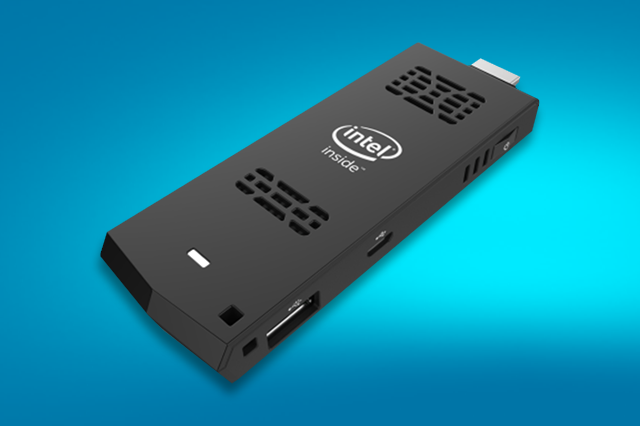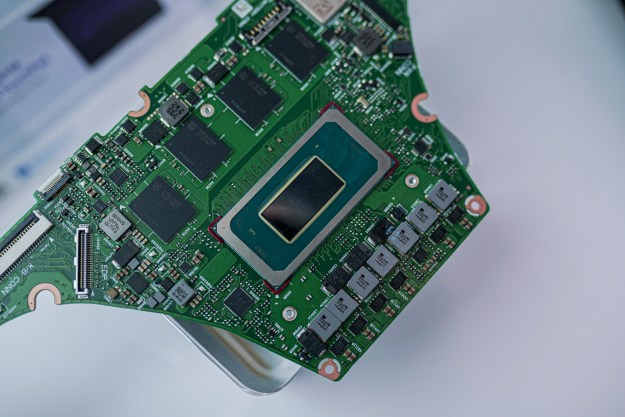
Intel describes the Compute Stick as a new generation “computer-on-a-stick,” claiming that it’s ready to go out of the box. The device itself is approximately four inches long, and comes preinstalled with Windows 8.1 or Linux. It uses a quad-core Intel Atom processor to provide speed and power, and has built-in wireless connectivity. The Compute Stick also comes with a MicroSD card slot for additional storage.
The product has an HDMI connector on one end, which allows users to plug the stick into an HDMI port on a monitor or television. Once it’s in, users can reap the benefits of its all-in-one desktop capabilities.
The models that are available for preorder on Amazon and Newegg have 2GB of RAM, 32GB of storage and Windows 8.1 pre-installed. However, Newegg is also selling a Linux version of the stick, with the same RAM and storage, for $110.
Intel isn’t the first company to reveal a computer-on-a-stick device. Asus announced a similar product, the Chromebit, at the end of March. The Asus Chromebit will allow users to run the Chrome operating system on any monitor or TV.
The Asus stick PC will include a Rockchip RK3288 quad-core processor, which is already being used in a new line of Chromebooks. It will have 2GB of RAM, 16GB of storage, Bluetooth 4.0, 802.11ac Wi-Fi, and a USB 2.0 port. Additionally, it’s expected to retail for under $100 when it hits the market this summer, which should appeal to more budget-conscious consumers.
Intel’s Compute Stick will get a head start with an expected release date of April 24, 2015. Whether you love Windows, Linux or Chrome OS, there is a computer-on-a-stick option out there for you.
Editors' Recommendations
- 4 CPUs you should buy instead of the Intel Core i9-13900K
- Intel is oddly enthusiastic about AI replacing everyone’s jobs
- Intel’s new CPU feature boosted my performance by 26% — but it still needs work
- The only Intel CPU you should buy is over a year old
- Should you turn your computer off at night? We asked an expert


